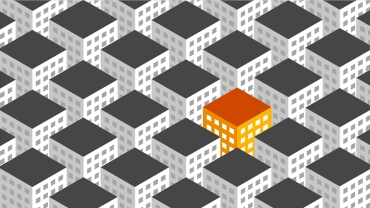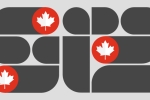
What is Bankruptcy?
Bankruptcy is a procedure under the Bankruptcy and Insolvency Act (the “BIA”), which is designed to provide financial relief to individuals, corporations, partnerships and certain trusts with overwhelming debt burdens, by halting the legal actions of creditors (also known as a stay of proceedings). This stay of proceedings against creditors is implemented to prevent any unfair advantages of one creditor over another.
Bankruptcy is considered a suitable solution when it is determined that the debtor’s operations are not viable or cannot be restructured in order to provide greater value to the stakeholders, or all other options have been exhausted.
A Bankruptcy process usually begins with a company voluntarily making an assignment of its property for the benefit of its creditors (“Assignment in Bankruptcy”). A company may also be petitioned into Bankruptcy by one or more creditors making an application to Court to have the company declared Bankrupt. A Licensed Insolvency Trustee (“Trustee”) is appointed in conjunction with the assignment or petition in Bankruptcy.
The Trustee is an independent third party appointed by the Official Receiver (a representative of the Office of the Superintendent of Bankruptcy) to manage the bankruptcy process. Trustees are licensed by the Office of the Superintendent of Bankruptcy.
At the time of its appointment, all property of the Bankrupt passes to the Trustee, including property located outside Canada and property of the Bankrupt in the possession of third parties.
The Trustee will initially take possession of and secure the Bankrupt’s property. The property will be sold and the proceeds distributed, subject to the rights and actions of secured creditors (as a secured creditor may choose to appoint a Receiver in order to realize upon assets on its security).
The Trustee will compile certain statutory documents in accordance with the BIA, notify creditors of the company’s Bankruptcy, investigate the affairs of the Bankrupt, and arrange for the first meeting of creditors to provide creditors with information on the Bankruptcy.
The Trustee is tasked with selling the Bankrupt’s property and after deducting administrative costs, will distribute the proceeds from the sale to creditors on a priority basis based on the scheme of distribution specified in the BIA. In situations where the proceeds from the sale of assets are not sufficient to fully repay the liabilities of the priority claims and the secured creditor, no realizations will be available for distribution to the unsecured creditors.
In order to participate in any distribution, creditors must submit a Proof of Claim to the Trustee. The Proof of Claim sets out what is owed to the creditor and is reviewed by the Trustee and the company. Any discrepancies between the creditor's Proof of Claim and the company's records are investigated by the Trustee and the company. Disputed claims are resolved in accordance with the framework set out in the BIA.
Following the distribution to creditors, the Trustee is discharged and the Bankrupt is usually discharged from its debts.
Related Content


What is CCAA?
This page is for information purposes only and you should consult your professional adviser.

What is Bankruptcy?
This page is for information purposes only and you should consult your professional adviser.

CCAA Frequently Asked Questions
This page is for information purposes only and you should consult your professional adviser.





















